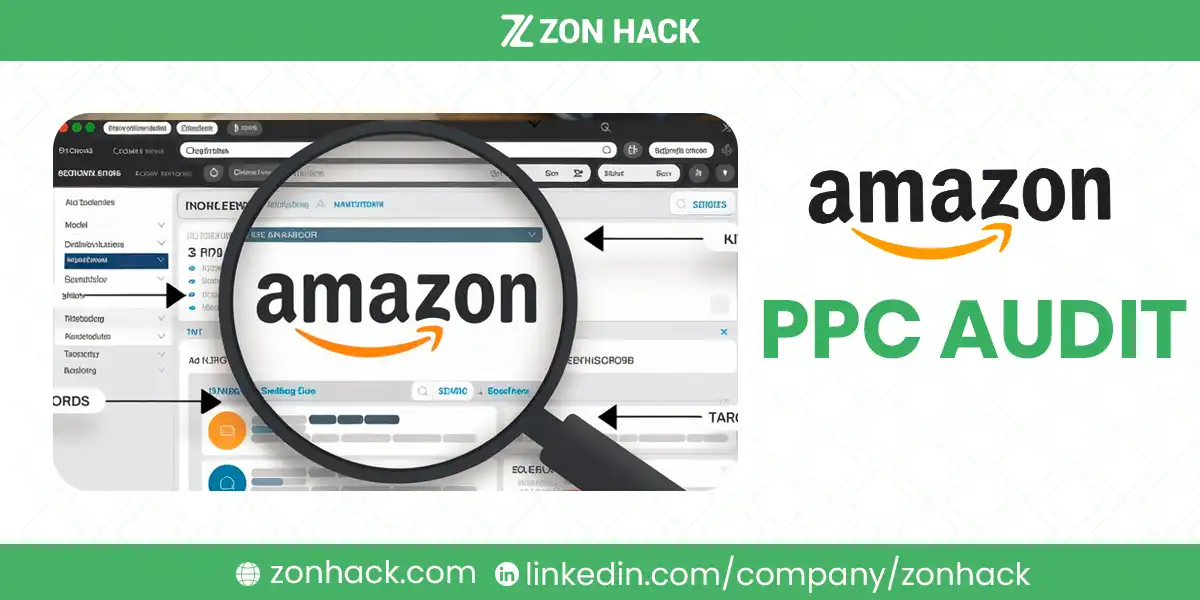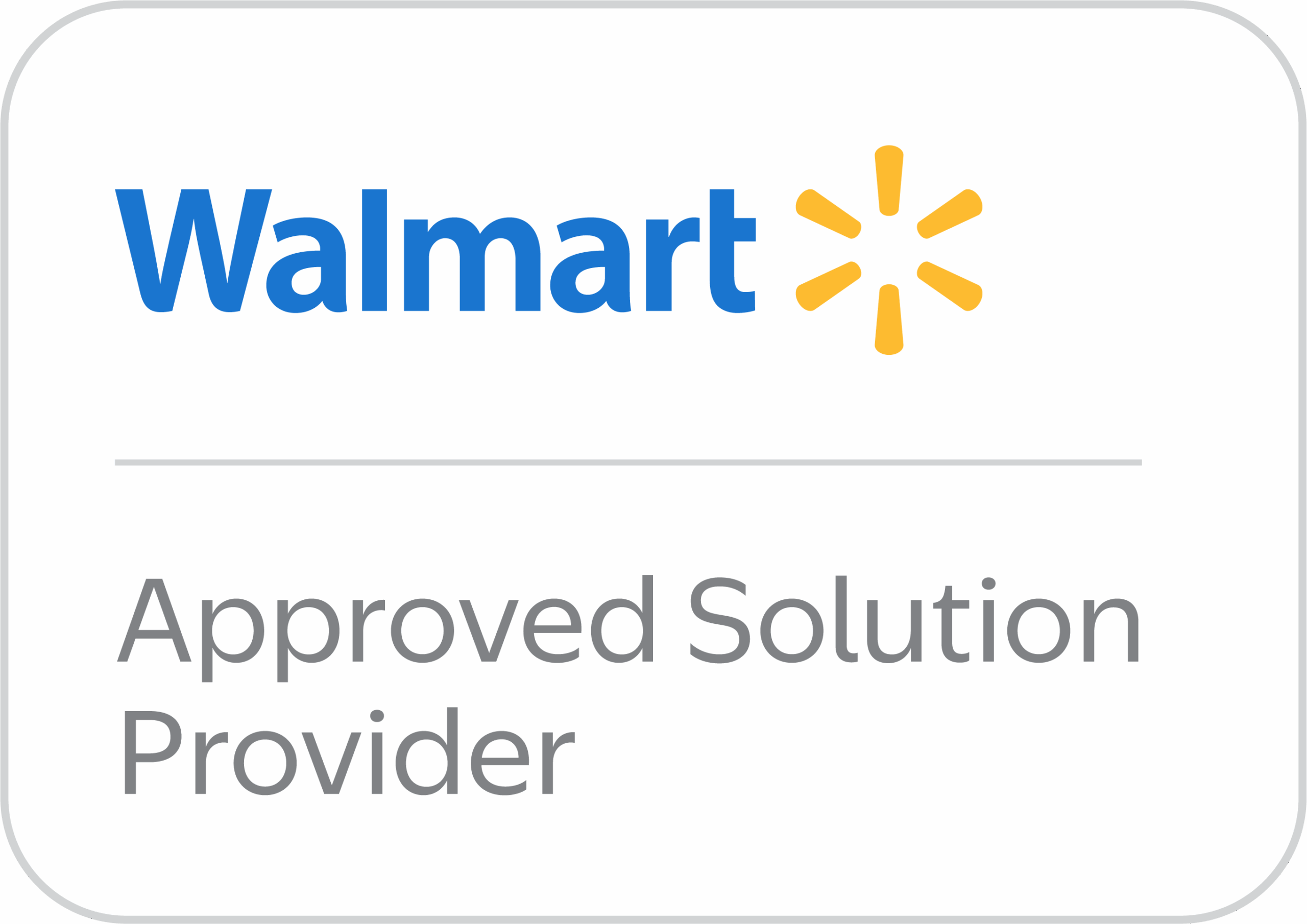Managing an Amazon PPC campaign is no small feat. With the constant competition and ever-changing advertising dynamics, keeping your campaigns optimized is critical to ensuring you’re not just spending but investing in advertising. An Amazon PPC audit is the key to unlocking higher efficiency, profitability, and growth potential within your campaigns. This article provides you with a clear roadmap to conduct a thorough PPC audit, ensuring that every dollar spent is driving results.
What is an Amazon PPC Audit?
An Amazon PPC audit is a comprehensive analysis of your Pay-Per-Click campaigns to evaluate their performance, identify inefficiencies, and uncover opportunities for optimization. The audit examines aspects such as keyword effectiveness, budget allocation, ad placements, and conversion rates. By assessing these elements, an audit provides actionable insights to improve your Advertising Cost of Sale (ACoS), Return on Ad Spend (ROAS), and overall profitability.
Why PPC Audits Are Important
Imagine running a campaign where half your budget goes to irrelevant clicks or poorly performing keywords. Without an audit, such issues often remain hidden, draining your resources and limiting your ROI. Regular audits help you stay ahead of competitors, refine your strategy, and maximize your advertising potential.
Why and When Should You Conduct an Audit?
Amazon PPC audits are not just a one-time task; they’re an ongoing necessity. Regular audits ensure that your campaigns stay aligned with your business objectives while adapting to market changes. Here are a few compelling reasons to conduct them:
- Maximize ROI: By identifying inefficiencies and reallocating resources, you’ll ensure that every dollar spent contributes to your bottom line.
- Improve Campaign Health: Detect underperforming keywords or ad groups and take corrective action.
- Adapt to Market Changes: Amazon’s algorithms and consumer behavior are constantly evolving. Regular audits help you stay relevant.
But when is the best time to perform an audit? Ideally, perform audits:
- Quarterly to maintain long-term campaign health.
- Monthly if you’re scaling aggressively or targeting competitive niches.
- After Major Events like Prime Day or the holiday season to assess performance and recalibrate strategies.
- Post-Launch of new campaigns, typically after two weeks, to evaluate early performance.
Pre-Audit Preparations
Conducting an audit requires thorough preparation. Before you begin, ensure you have all the necessary data and tools in place.
- Gather Performance Data: Export reports from Amazon Seller Central, including ad spend, impressions, click-through rates (CTR), cost-per-click (CPC), and conversion rates (CVR). Supplement this with data from tools like Helium 10 or Sellics for deeper insights.
- Set Clear Benchmarks: Define success metrics such as target ACoS, ROAS, or CTR. For example, if your product margins are 30%, your target ACoS should ideally remain below this percentage to ensure profitability.
- Understand Your Campaign Goals: Different campaigns have different objectives. Are you aiming for brand awareness, product visibility, or direct sales? Clarify these goals to evaluate campaigns against relevant criteria.
Step-by-Step Guide to Conducting an Amazon PPC Audit
Step 1: Analyze Account Structure
Start by reviewing your account’s overall structure. A well-organized campaign is essential for managing budgets effectively and achieving desired outcomes.
- Campaign Segmentation: Evaluate how your campaigns are organized. Are they divided logically by product, brand, or competitor focus? For instance, a product-focused campaign targeting high-volume keywords will differ significantly from a competitor-targeting campaign.
- Budget Allocation: Check if certain campaigns are running out of budget prematurely, leading to missed opportunities. Reallocate funds from underperforming campaigns to high-performing ones where appropriate.
Example: If a Sponsored Products campaign for your best-seller consistently runs out of budget by mid-day, consider increasing its allocation or setting a higher daily cap to capture more traffic.
Step 2: Evaluate Keyword Performance
Keywords are the foundation of your PPC campaigns. Review their performance in detail:
- Identify High-Performing Keywords: Look for keywords driving significant sales with a low ACoS. These are your champions and should be prioritized.
- Spot Underperforming Keywords: Keywords with high clicks but no conversions are a drain on resources. Either optimize these or replace them with more relevant options.
- Use Search Term Reports: These provide invaluable data on the actual search terms triggering your ads. Add relevant terms as positive keywords and irrelevant ones as negatives.
Tip: A keyword with 100 clicks but zero sales might indicate a mismatch between ad copy and customer intent or a poorly optimized product listing.
Step 3: Review Ad Placements
Where your ads appear significantly impacts performance. Amazon offers three primary placements: top-of-search, product pages, and rest-of-search. Each has its unique dynamics:
- Top-of-Search: Typically yields higher CTR and conversions but comes at a premium CPC.
- Product Pages: Useful for upselling and targeting competitors but often lower CVR.
- Rest-of-Search: Often less competitive but may not drive significant traffic.
Analyze placement reports to determine where your ads perform best and adjust bids accordingly. For example, if top-of-search placements drive 80% of your sales, consider increasing bids for these positions while reducing others.
Step 4: Identify Wasted Ad Spend
Wasted ad spend occurs when resources are allocated to non-converting or irrelevant keywords. Detect and address such inefficiencies by:
- Pausing Poor Performers: Stop campaigns, ad groups, or keywords that consistently show low returns.
- Adding Negative Keywords: Prevent ads from appearing for irrelevant searches. For example, if you’re selling premium leather wallets, add “fake” or “cheap” as negative keywords to filter out unqualified traffic.
Step 5: Optimize Product Listings
A great PPC campaign cannot compensate for poorly optimized product listings. Ensure your listings are primed for conversion:
- Title and Bullet Points: Incorporate high-performing keywords naturally.
- Images: Use high-quality, zoomable images that showcase your product’s unique features.
- Enhanced Brand Content (EBC): Leverage A+ content to improve your listing’s visual appeal and storytelling.
Example: A campaign promoting a kitchen gadget with poorly lit images and generic descriptions will see lower conversion rates compared to one with detailed, vibrant visuals and benefits-driven copy.yeit evaluation, key metrics, tools, and advanced strategies.
Key Metrics to Analyze in an Amazon PPC Audit
To evaluate the effectiveness of your Amazon PPC campaigns, understanding and analyzing key metrics is essential. Each metric provides a distinct perspective on performance, helping you identify strengths and weaknesses.
TACoS (Total Advertising Cost of Sales)
This metric measures your ad spend as a percentage of your total sales, offering insights into how your advertising impacts overall business performance. A TACoS between 15% and 20% is generally considered healthy, but this can vary based on the competitiveness of your niche. A low TACoS might indicate underutilized ad spend, while a high TACoS suggests inefficiencies that need addressing.
Keyword Visibility and Performance
Keywords are the backbone of PPC campaigns. Focus on identifying high-performing keywords that drive the majority of sales. Simultaneously, address keywords with no impressions by refining bids or moving them to a different campaign. Regularly audit the Search Term Report to uncover irrelevant keywords and refine your targeting strategy.
Catalog and Variation Performance
Not all products or variations perform equally. Prioritize advertising for best-selling SKUs, ensuring your ad spend aligns with products that deliver the highest return. Conversely, avoid excessive spending on underperforming or low-demand items.
Ad Coverage and Contribution
Implement a full-funnel advertising strategy, leveraging ad types such as Sponsored Products, Sponsored Brands, and Sponsored Display. Monitor performance data to ensure these ads are contributing positively to your goals. For example, using broad match campaigns to discover profitable search terms can uncover valuable opportunities for growth.
Cost per Click (CPC)
Analyze the average cost per click, balancing competitive bids with profitability. High CPC might indicate a competitive niche, but adjustments can ensure you remain cost-efficient without sacrificing visibility.
ACoS (Advertising Cost of Sales)
ACoS directly relates to how much you’re spending to generate each dollar of sales. Aim for an ACoS that aligns with your profit margins and business goals. For instance, a lower ACoS is ideal for products with slim margins, while higher ACoS might be acceptable for products with higher lifetime value.
Click-Through Rate (CTR)
A low CTR can signal issues with ad relevance or visual appeal. Improving product images, ad copy, and targeting can significantly enhance CTR, making your ads more attractive to potential buyers.
Conversion Rate (CVR)
Low conversion rates often highlight issues with product listings. Audit product titles, images, bullet points, and reviews to ensure alignment with customer expectations and search intent.
Total Ad Spend
Keeping track of overall ad spend is crucial for maintaining a healthy budget and ROI. Cross-check your spending with sales performance to ensure your investments are yielding adequate returns.
Common Issues and Challenges Found in Amazon PPC Audits
Several recurring challenges can surface during an Amazon PPC audit, and addressing them proactively can significantly enhance campaign efficiency.
Keywords Not Getting Impressions
This issue can arise even with competitive bids. Amazon’s algorithm favors keywords with early conversion data, so refining your strategy with a focus on relevance and performance is crucial.
Products Not Performing Well
Misallocated budgets often lead to excessive spending on low-performing products. Conduct a detailed review to ensure funds are directed toward high-ROI products.
Poor Campaign Structure
Disorganized campaigns hinder performance. Ensure a clear structure by categorizing campaigns based on objectives, product types, or target audiences.
Ineffective Bid Management
Overbidding and underbidding can both lead to suboptimal outcomes. Regular bid adjustments based on performance metrics like CTR and CVR are essential.
Underutilized Ad Types
Failing to leverage all available ad formats, such as Sponsored Brands or Sponsored Display, can limit your reach and impact.
Lack of Day-Parting Optimization
Not adjusting bids based on the time of day can lead to missed opportunities or wasted spend during low-traffic periods.
Best Practices for Ongoing PPC Campaign Management
Conducting an audit is only part of the solution. Maintaining optimized campaigns requires continuous management and fine-tuning. Regularly monitor key metrics like CTR, CPC, CVR, and total ad spend. Test different strategies, such as adjusting bidding models or experimenting with new ad types, to uncover what works best for your business.
Stay informed about Amazon’s evolving advertising policies and algorithm updates to remain competitive. Use data-driven insights to refine campaigns and ensure alignment with business objectives.
Use ZonHack for PPC Management
Managing and auditing Amazon PPC campaigns can be overwhelming, especially with the level of detail and expertise required to achieve optimal results. That’s where ZonHack comes in. We specialize in providing comprehensive Amazon PPC services tailored to your unique business needs.
At ZonHack, we cover every aspect of PPC management, from in-depth campaign audits and keyword optimization to precise bid adjustments and performance tracking. Our team of Amazon PPC experts ensures your campaigns are structured for maximum ROI, whether you’re looking to improve ACoS, discover new profitable keywords, or eliminate wasted ad spend.
With ZonHack, you’ll gain a competitive edge through data-driven strategies and ongoing monitoring. We use advanced tools and proven techniques to analyze your account’s performance and implement actionable solutions that drive sales growth.
Contact ZonHack today for a free Amazon PPC audit today.




